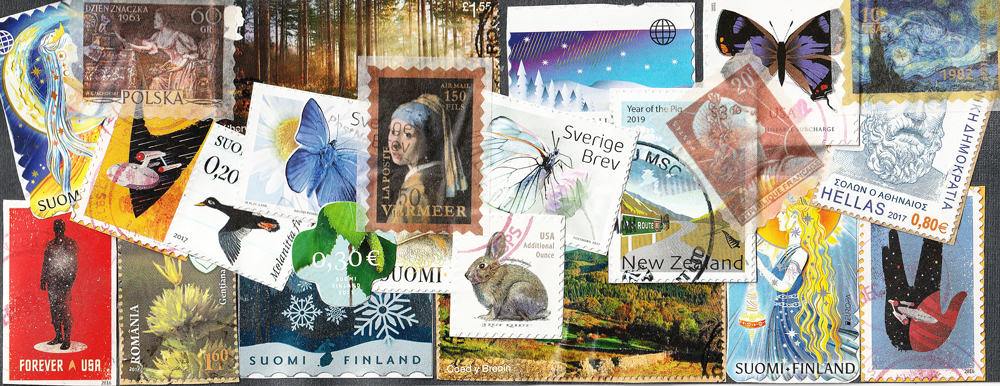
Turkey (Türkiye) is a transcontinental country located primarily in Western Asia, with a smaller territory on the Balkan Peninsula in southeastern Europe, bordering Bulgaria and Greece.
Turkish Music
Mevlevi Sufi music
Since the 12th century in the town of Konya, the Mevlevi brotherhood (better known by western travelers as whirling dervishes) has been developing a refined music based upon the makam system (musical modes analogous to Arabic maqam, Iranian datsgah and Indian raga). Sufi music performed by the religious set Mevlevi by virtue of its spiritual and contemplative features helps believers get closer to God. According to the ritual, the dancer has to move in a rotary way, keeping the palm of his left hand turned to the ground and the right one turned to the sky to become a medium between heart and heaven.
The predominant elements of the music are nay (vertical flute which has a mystic role in Turkish music), Kudum (small kettledrum coated with kid leather) and halile (copper cymbals). These are the basic musical instruments played to perform the music of the Mevlevi rite which is the most important element within the sema (the spiritual concert followed by the brotherhood’s founder Mevlana Jalaluddin el Rumi: our master Jalaluddin from the village of Rumi) and which later became the basis of the educated Turkish music.
The ceremonial chant is composed for the most part by poems extracted from the Masnavi or other writings by Rumi. Its spiritual content are two basic Dervish precepts: ecstasy is a way to reach God and ritual dancing is a powerful means of being enraptured. Once the ecstatic status is reached, percussion, singers, and musicians stop playing, but the Dervish will go on whirling in the silence of their trance. Then a solitary sound of flute will bring them slowly back to reality.
According to the Dervish, these dances enable them to remove all earthly matters from their minds and have the power to detach their souls from their bodies so that they could get together with God again.
Each element within the Mevlevi ceremony, even the dresses’ smallest details, has a symbolic meaning. The long white dress represents the Dervish’s sudarium the black mantle his grave, the tall top-hat his tomb-stone.
The ceremony master (Semazen) wears a scarf rolled around his hat since he is the medium between heart and heaven; he sits on a red carpet, symbolizing the purple sunset of the day when Rumi died.
The rite starts with a slow solo of prayer to the prophet Mohammed. Then the dancers take off their black mantles and ask the Semazen for permission to dance. Blessed by him, they start whirling slowly with their arms crossed. As the turning becomes faster and faster, the dresses draw away from the dancers’ bodies, and they spread their arms. The course traced by the Dervish on the floor symbolizes the movement of the planets around the sun: each dancer pirouettes on his axis, revolving at the same time round the Semazen who represents the sun. (source: The Association of Galata Mevlevi Temple).

In 2024, traditional bagpipe (Gayda/Tulum) making and performing of Türkiye and North Macedonia was added to UNESCO’s Representative List of the Intangible Cultural Heritage of Humanity.
Turkish Musicians:
Ahmet Erdogdular
Aynur
Baba Zula
Barbaros Erköse
Birol Topaloglu
Bora Yasar
Burhan Öçal
Coşkun Karademir
Derya Turkan
Erdal Erzincan
Fuat Saka
Husnu Senlendirici
Ihsan Ozgen
Incesaz
Istanbul music and Sema Group
Istanbul Oriental Ensemble
Kardes Turkuler
Kudsi Erguner
Latif Bolat
Mercan Dede
Neva Ozgen
Okay Temiz
Omar Faruk Tekbilek
Omer Erdoğdular
Salih Bilgin
Senem Diyici
Tamer Pinarbasi
Yeni Turku

